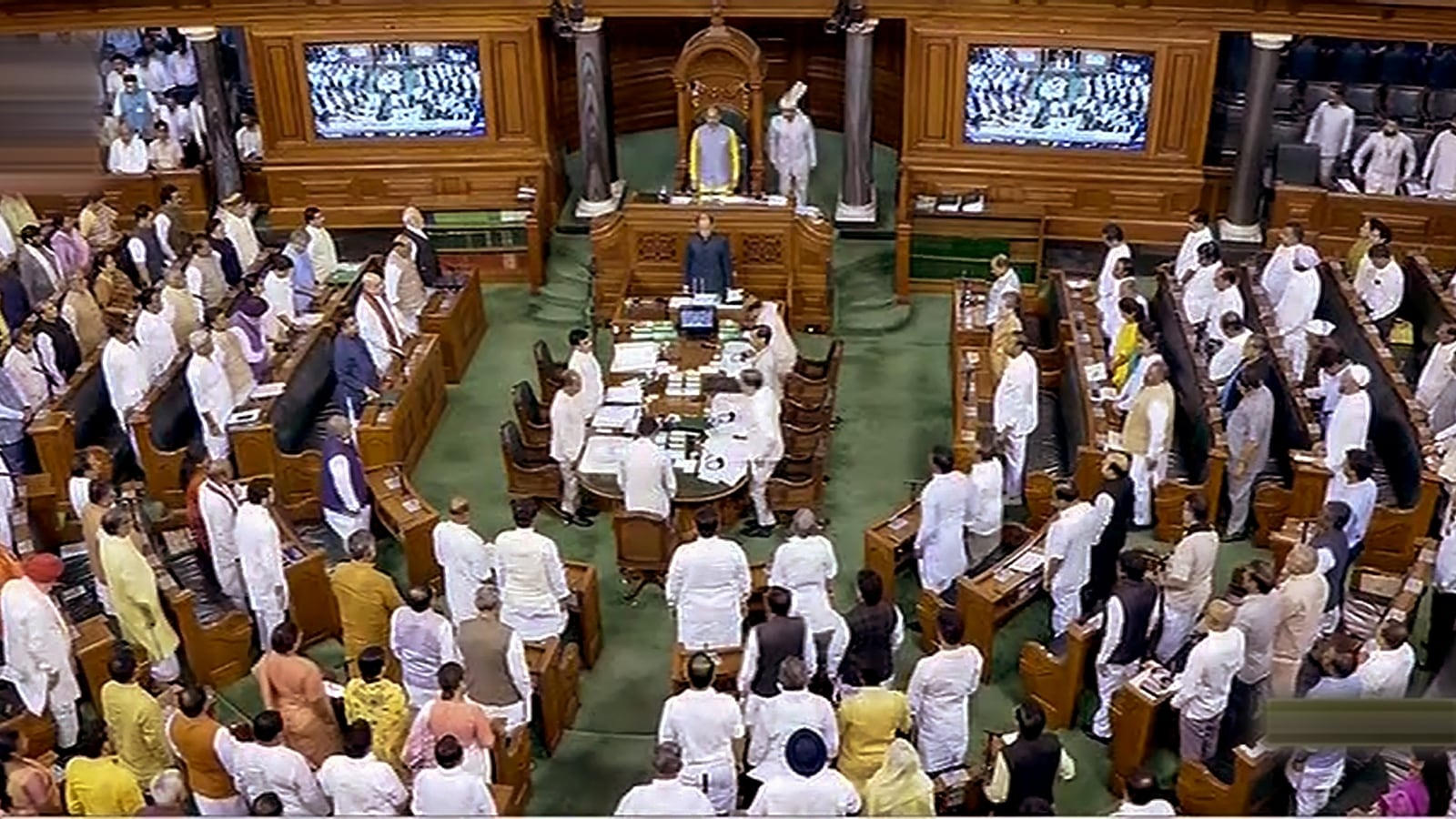The opening day of the Monsoon Session of Parliament witnessed disruptions due to disagreements between the government and the Opposition on the format of the discussion regarding the Manipur situation. The Opposition sought a discussion under Rule 267 to express the sense of the House, while the government proposed a discussion under Rule 176.
Rule 176: Short Duration Discussion Description:
Rule 176 enables any member of the Rajya Sabha to raise a short-duration discussion on a matter of urgent public importance.
Government’s Agreement:
The government agreed to a short-duration discussion during the Monsoon Session, indicating its willingness to address the urgent matter raised by the Opposition. However, such discussions are limited to a specific time frame of two-and-a-half hours, as specified under Rule 176.
Procedure:
- The member intending to raise the discussion must provide a written notice to the Secretary-General, clearly specifying the matter to be discussed.
- The notice should be accompanied by an explanatory note justifying the need for the discussion and supported by the signatures of at least two other members.
- Once the Chairman admits the notice, the date and time for the discussion are scheduled, either immediately or at a later time.
Rule 267: Suspension of Rules Description:
Rule 267 deals with the suspension of rules and is used when any member wishes to move that a particular rule be suspended in its application to a motion related to the business listed before the Council on that day.
Opposition’s Demand:
The Opposition demanded the Prime Minister’s suo motu statement, followed by a discussion, suspending all business under Rule 267. Essentially, they sought to prioritize the Manipur situation discussion by suspending normal proceedings and allowing the Prime Minister to address the issue before other business in the Rajya Sabha.
Procedure:
- To suspend a rule under Rule 267, any member requires the Chairman’s consent.
- If the motion to suspend the rule is carried out, the rule in question will be temporarily suspended, facilitating the desired discussion to take place.
Table:
| Rule 267 | Rule 176 | |
|---|---|---|
| Description | Relates to the suspension of rules | Enables short-duration discussion |
| Purpose | Used to prioritize a specific | Used for raising urgent public matters |
| discussion by suspending normal | within a time limit of two-and-a-half | |
| proceedings | hours | |
| Procedure | Requires consent of the Chairman | Requires written notice and explanatory |
| for rule suspension | note with signatures of at least two | |
| other members | ||
| Conduct | Temporarily suspends the rule | Allows for a time-limited discussion on |
| in question | the matter of urgent public importance | |
| Objective | Gives priority to the specified | Facilitates addressing urgent public |
| topic for discussion | matters within a constrained timeframe |
Dispute and Implications
- While the government agreed to a short-duration discussion under Rule 176, the Opposition insisted on suspending all business and having the Prime Minister make a suo motu statement followed by a discussion under Rule 267.
- These differing procedural mechanisms have varying implications for conducting discussions in the Rajya Sabha.
- Rule 176 allows for a time-limited, urgent public discussion, while Rule 267 entails suspending regular proceedings to prioritize the specified topic for discussion.
Find More Miscellaneous News Here



 Paris Olympics 2024 Medal Tally, India M...
Paris Olympics 2024 Medal Tally, India M...
 Which District of Madhya Pradesh is Famo...
Which District of Madhya Pradesh is Famo...
 EC Signs Electoral Cooperation Pact with...
EC Signs Electoral Cooperation Pact with...

